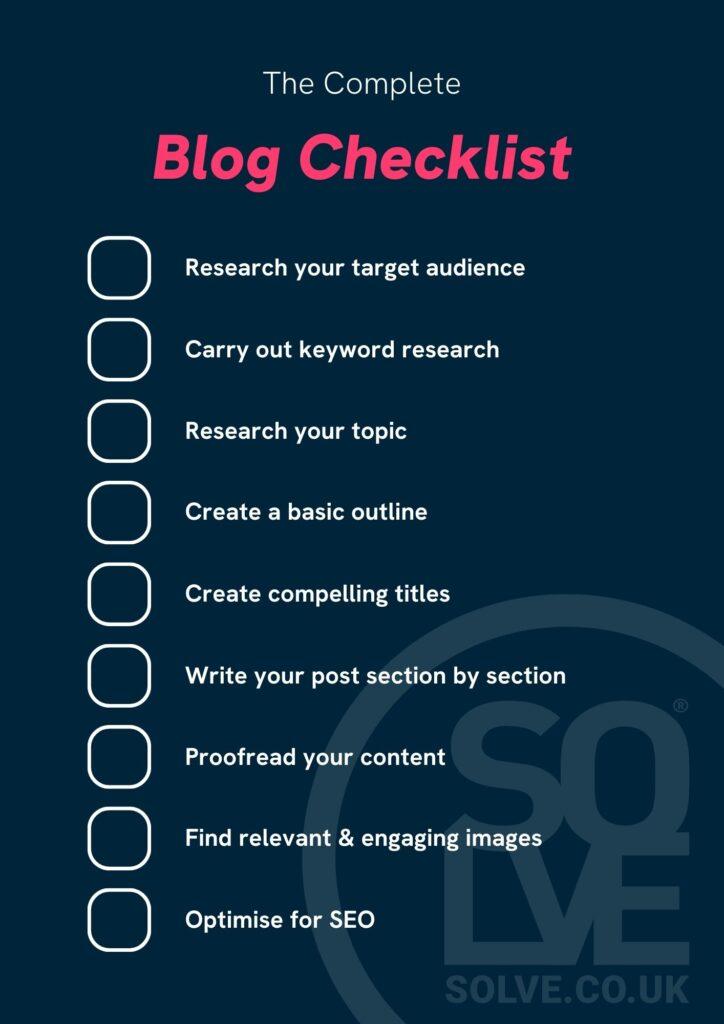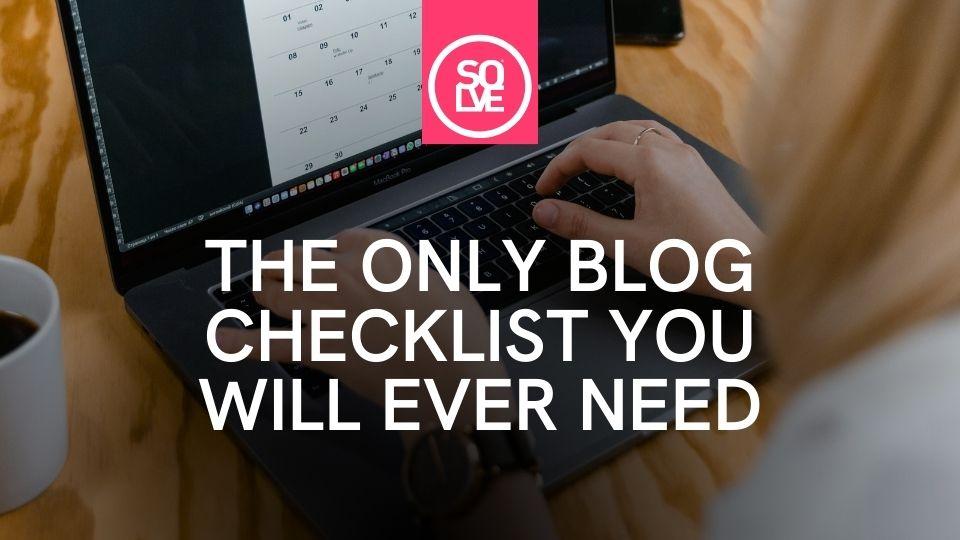
Writing blog posts is easy; the hard part is getting people to see the amazing work you’ve done. In order to get your blogs discovered, you need to carefully craft compelling copy about topics that people are searching for and then optimise them. Creating a click-worthy blog post can take a lot of time and effort to perfect, but luckily, Solve is here to help with the only blog checklist you’ll ever need.
Use this checklist every time you write a blog post; by following it, you’ll create a healthy process to enhance your blog’s online visibility.

Table of Contents
Research Your Target Audience
The first step on our checklist is to research your target audience. This is a key aspect of writing blogs, which most people overlook. Knowing who you’re writing for will help you understand their needs, interests and search intent. It will give you an idea of their current understanding of the topic and what they are interested in finding out more about. In gaining this insight, you can ensure your blog answers anything and everything they want to know about the topic of your blog but doesn’t give too much.
- Their current knowledge of the topic – Are most people beginners and looking for a complete from scratch guide? Or maybe you’re aiming your post at a smaller portion of experts – what might they not already know?
- What’s already out there – What is already ranking? This is what Google deems the most useful resource for your target audience at the moment – what does that tell you about your audience?
- What’s the end goal? – What is your target audience trying to achieve when they are searching for the topic of your blog? What is the intent? i.e. searching ‘washing machines’ – they’re likely looking to buy a washing machine rather than get the history of washing machines.
- Give them the solution – Your blog needs to have a purpose. Once you have determined your target audience’s end goal, you need to ensure your content gives them the solution and allows them to reach that goal.
Carry Out Keyword Research (Identify Your Keyword Target)
Once you have your topic and a general idea of what your target audience is looking for, keyword research will help you identify what the majority of people search in search engines to find it. Each blog post you write should have one primary keyword or key question target. For example, the primary keyword may be ‘washing machine mechanism’, and the key question could be ‘how do washing machines work.’ You can then take this a step further and use keyword research tools to discover related keywords and questions surrounding the topic so you can further elaborate on this content.
For example, related keywords for the above may include ‘how do washing machines heat water’ and ‘how do washing machines get hot water.’ Keyword tools you can use include SEMrush, UberSuggest and free tools such as Google Keyword Planner.
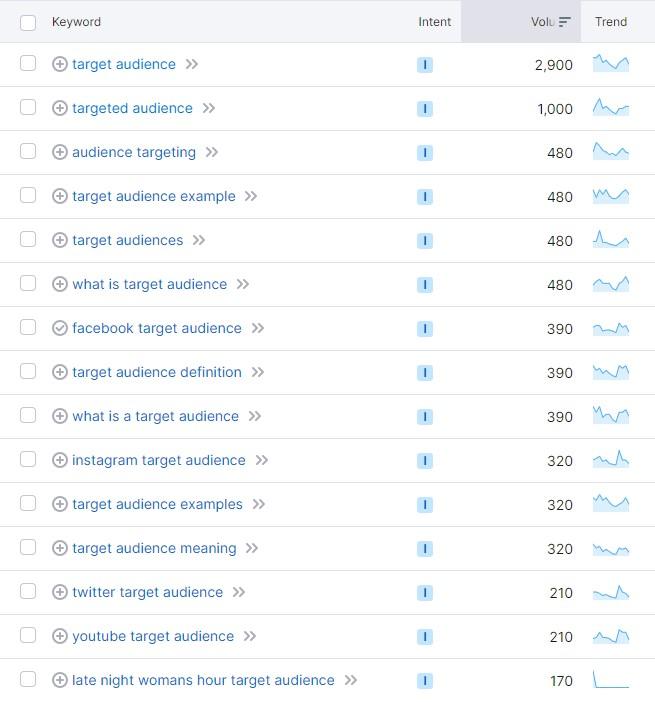
Research Your Topic
Yes, you may have already researched what your target audience wants and the keywords to target, but there is still more to be done. Before starting to write anything, do your research on the topic and make sure you are an expert on it. Expertise is the newest addition to Google’s E-E-A-T quality evaluation framework, and for good reason. No matter how much you think you know about the topic, there is someone who always knows more. There is nothing worse than an article with outdated, incorrect facts or ‘thin’ content that doesn’t help the user in what they’re looking for – they will simply close the tab and return to their search results.
Instead of writing your article from scratch, spend an hour researching, as you will have more information to work with and more information to give your reader. Your article should compile all the research that you have found on various sources across the internet into one place. This means that users don’t have to look anywhere else – but it should also give some unique insight into the topic that they cannot find anywhere else.
Create a Basic Outline
Creating a visual outline helps you have a clear and organised thought process when it comes to structuring your content; it should have the following elements:
- Purpose
- Introduction
- Main topic
- Subtopic(s)
- Conclusion
- CTA
Blog posts should always include an introduction and conclusion; these sections help the reader understand the topic, give them starting points for where to read to determine if the content is relevant for them and are crucial in giving the reader a start and end.
Poor page layout is a common mistake that bloggers make. Not having a clear and well-organised page layout is poor for user experience and can dissatisfy users enough for them to click off the page. User experience is key for well-performing content as it is a ranking factor that search engines consider when determining where to position your page.
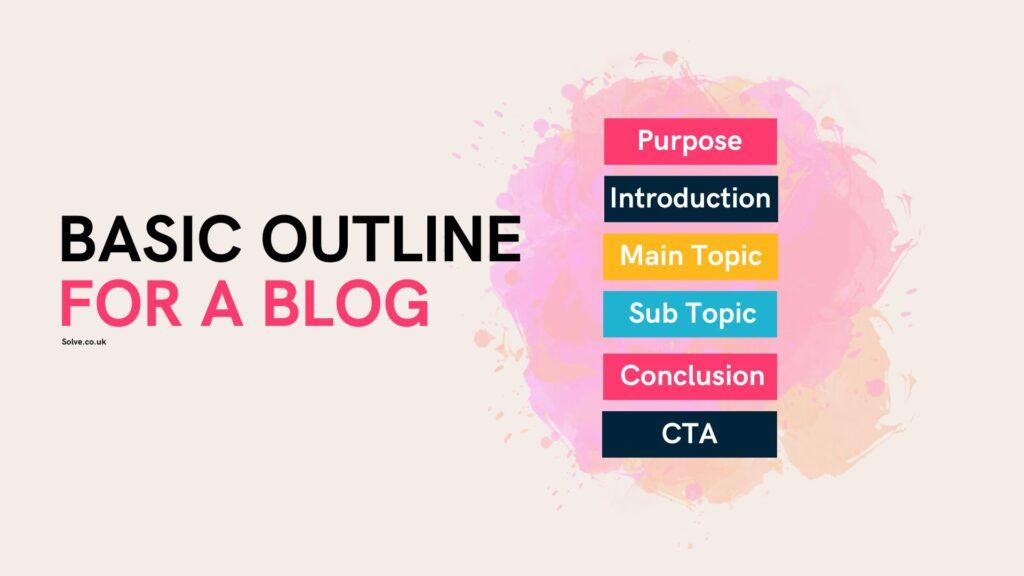
Create Compelling Titles
Blog posts have been proven to do better when a title has a purpose, clear instructions and prime emotion. It needs to engage the reader to click on it or read further. A great rule is to not overthink your blog title at the beginning, you can always come back and alter it slightly if needed.
A great example would be if you had a blog titled ‘Why plastic bottles are bad‘ – that doesn’t really explain much and is pretty boring. It’s unlikely to get you many readers. Instead, we should reword it to something more impactful like ‘From Landfills to Oceans: The Dark Side of Plastic Bottles and Why We Need to Act Now‘. More captivating, right?
Think about what you would click on as a reader and apply that to your title. This advice is also relevant for subheadings, but these may be a bit more descriptive to allow readers to skim content and easily identify sections of interest to them.
p.s – Don’t forget to include keywords in your titles where possible & relevant.
Write Your Post Section by Section
So you have your basic outline and some title ideas, now it’s time to determine your specific sections and order. For example, if we were to write a blog about dolphins, our blog layout may look something like this:
- Title
- Intro
- Types of Dolphins
- Facts about Dolphins
- Behaviour of Dolphins
- Where to find Dolphins
- Dolphins Predators
- Dolphin Conversation
- Conclusion
After this, you could go into more detail, such as
- Types of Dolphins
- Common Dolphin
- Humpback Dolphin
- Bottlenose Dolphin
- Risso Dolphin
This helps the reader understand more than just a paragraph explaining how many common dolphins there are and gives information about subtopics quicker rather than the reader having to pick them out of pieces of text.
So, you now have everything organised, know what you want to say and have an order that flows. Having this framework will make writing your blog ten times easier, and so – it’s time to get writing!
Proof Read
Once you’ve written your blog, it will need editing. Ensure you take some time to read through your content; ideally, read it aloud, as this will ensure your words make sense and it is easily understood. Content with spelling and grammar issues or that is hard to read takes away from user experience, which can look unprofessional and untrustworthy.
Find Relevant and Engaging Images
Once you’re happy with the words within your article, utilise images to break up bigger pieces of text. This is a great technique which gives the user more variation and keeps them interested. Other graphics such as stats, graphs, infographics and quotes are great ways of conveying information in an alternative format to break up long sections of text. These can also increase trust as they provide supporting evidence to the text description.
Using images can make or break your post. You can find beautiful, free-to-use images which complement your text on sites like Unsplash.com, Pexels.com and Shutterstock.com. These have millions of license-free images, and you’re bound to find one which suits your article perfectly.
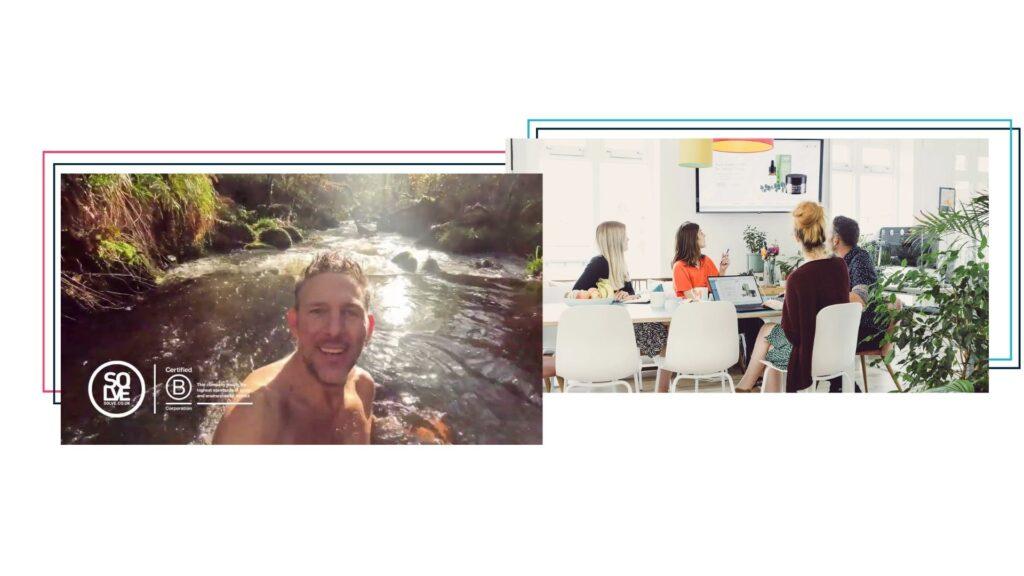
Optimise for SEO
So, you’ve got a perfectly crafted blog. Now, it’s time to review its features and ensure it is optimised for SEO. This step is super important as it can make or break your blog in terms of organic traffic.
We have an amazing blog all about optimising your blog for SEO as well as best practices for blogging 2023. These articles will give you deeper insights into how to optimise your blog for SEO, but here are a few features to consider:
- Image alt tags
- Keyword-optimised and engaging meta titles and descriptions
- Well-organised semantic heading structure
- Schema
- Internal linking
- CTA section
Conclusion
Writing blogs shouldn’t be a stressful experience. You should enjoy writing about topics you love, so start there and slowly add each element at your own pace. Eventually, you’ll get yourself into the habit of following the process and planning your thoughts and ideas before diving into writing. This process makes blog writing a much easier and, therefore, more pleasant experience. We truly believe that if you love the blog, you’re writing and are passionate about the topic, this will shine through in your writing and deliver a blog that readers won’t be able to ignore.
The Ultimate Blog Checklist
